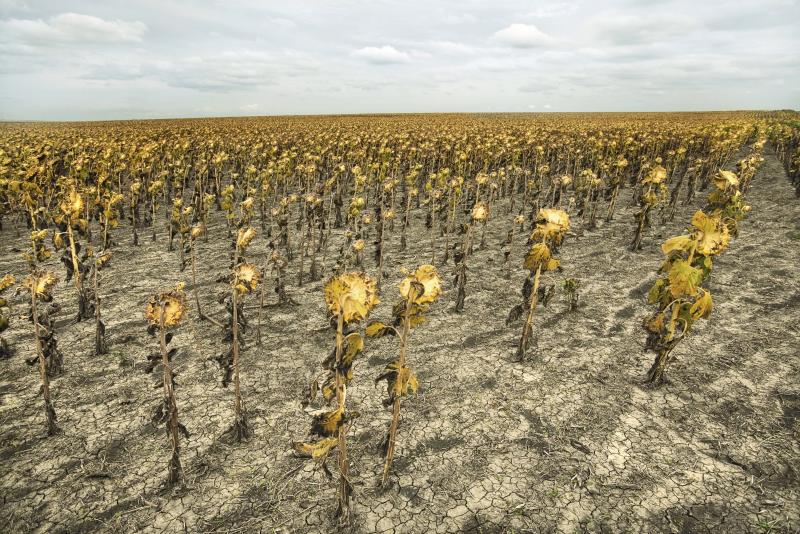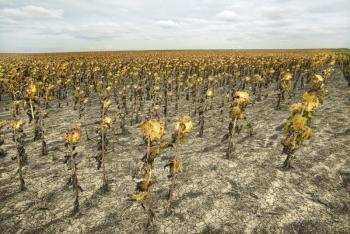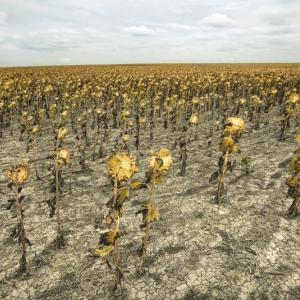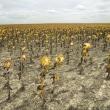Drought conditions improve in Western Maine, worsen to the North
AUGUSTA — Maine’s Drought Task Force convened Thursday by virtual meeting to take another look at drought conditions across the state, per a news release.
The Task Force met two weeks ago, as the entire state was in abnormally dry or moderate drought conditions.
More than 93 percent of the state remains in some form of dry or drought condition.
”Western Maine saw a great deal of improvement due to the heavy rain this week,” said Maine Emergency Management Agency Director Peter Rogers. “What concerns me the most is the progression to D2 or Severe Drought in northern Maine.”
The Department of Agriculture, Conservation and Forestry reported impacts to crops, including hay, potatoes, wheat and barley as well as an increase in invasive species due to the lack of rain in northern Maine.
“There has been some improvement in groundwater and streamflow in the last few weeks, but we do need more rain,” said Nicholas Stasulis, Data Section Chief, U.S. Geological Survey. “We have seen a lot of rain in a short period of time in some areas, but what we need is rain over a longer period of time, so it can maintain streamflow levels.”
“We are expecting some rain over the next week, but it will vary across the state,” said Tom Hawley of the National Weather Service in Gray. “Overall, the forecast for the next couple weeks calls for lower than normal precipitation and higher than normal temperatures, which unfortunately won't improve the drought.”
The Maine Department of Health and Human Services, Center for Disease Control, Drinking Water Program (DWP) reports that many public water systems in Maine are currently taking steps to prepare for a drought and/or modify operations to accommodate low water.
The Drought Task Force is made up of state, federal and private scientific, agricultural, regulatory, water use and natural resources organizations and assists in monitoring, coordinating, and managing responses to droughts and recommends actions to minimize impacts to public health, safety, the environment and agriculture.
The Task Force will continue to monitor the situation and plans to convene again in two weeks, the release noted.
Event Date
Address
United States
























